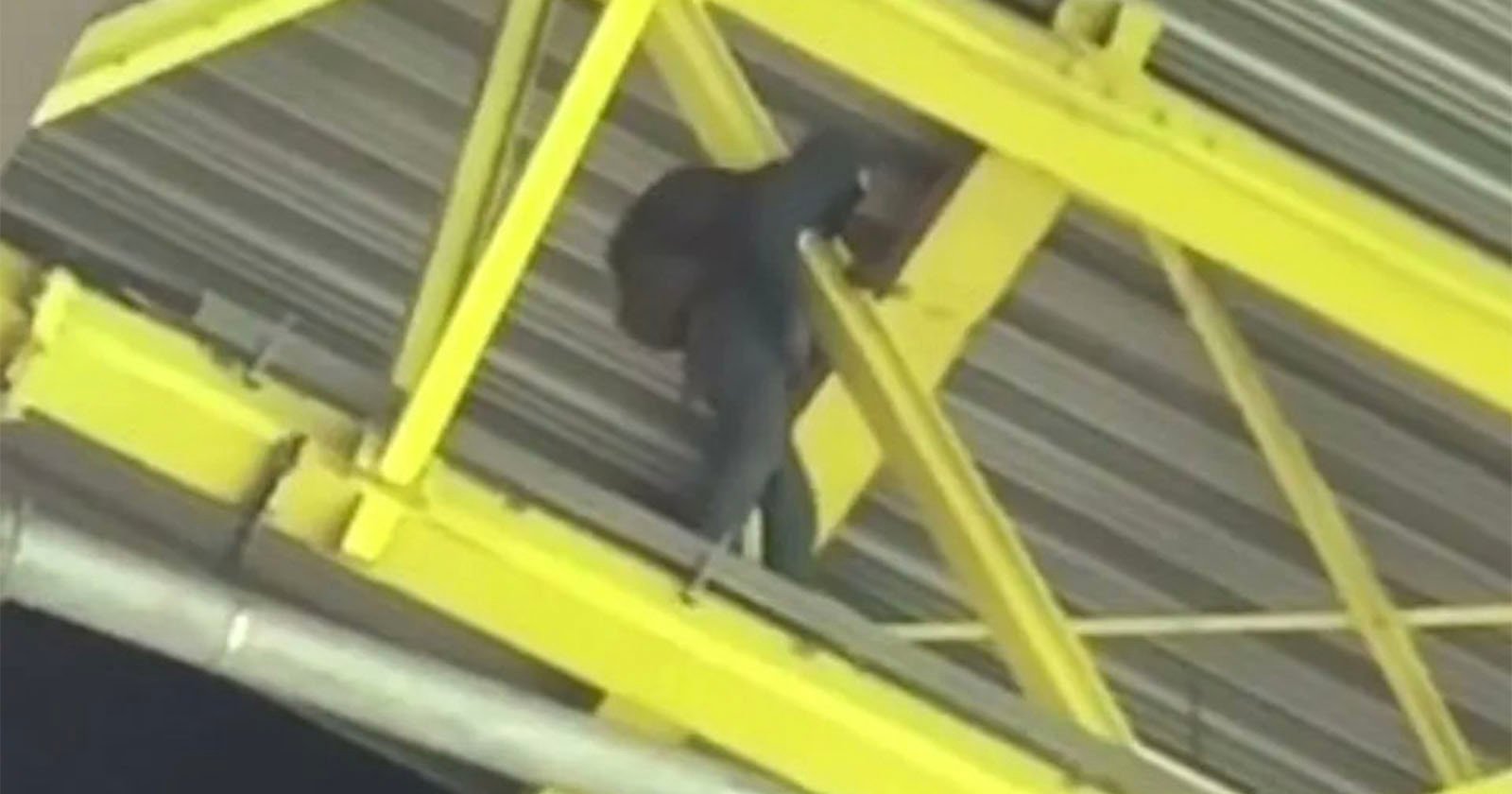

One of the more challenging aspects of shooting video for many people has nothing to do with the picture at all. It’s the audio. But what microphone should you buy? When should you use them? And how?
In this video, the team at SproutVideo walks us through three different types of microphones and when each shines above the others. There’s no single solution for all situations. This will help you understand which works best in some and which microphone type you might want to buy first.
Three Essential Microphone Setups for filmmakers
There are three microphone setups that will cover the vast majority of most people’s needs. Certainly, those still figuring out which microphone to buy. Those three types are the on-camera shotgun mic, a lav mic, and a boomed shotgun mic.
You might have seen the terms thrown around but not quite known what they all were. Well, each of them describes a type of microphone and perhaps how it’s mounted. All three types are discussed in the video and all three have their own unique advantages over the others.
Personally, I think you should ultimately strive to have all three of these setups to hand as soon as possible, but first, you have to learn what they are.
On-Camera Microphone
An on-camera microphone like the Sennheiser MKE400 ($199.95) or Rode VideoMic NTG ($249), are great options when your subject is close to the camera, talking directly to it. It’s an ideal camera for vloggers, as it allows them to capture everything right in camera without transmitters or wires trailing over the place.
Indoors, however, on-camera mics aren’t great. They’re usually too far from the subject, and the sound gets very echoey. This is when we have to start looking at the other two options.
Lavalier (lav or lapel) Microphone
The lav mic is different to the on-camera shotgun microphone for a couple of reasons. Shotgun microphones have a very directional sound, to try and block out noise from the sides. Lavalier mics typically listen in all directions equally.
It’s the proximity to the sound source – the subject’s mouth – that allows lav mics to capture clear recordings in relatively noisy environments. Wireless lavs, like the Rode Wireless Pro ($399), allow you to keep yourself cable-free from your camera, too, allowing you to get some range between the camera and subject.
Boomed Shotgun Microphone
A boomed microphone works similarly to the on-camera microphone. After all, they’re both shotgun microphones. The difference here, however, is that you’re able to use the boom to get the microphone much closer to the subject’s mouth.
This allows you to pick out their sound while rejecting as much of the environment noise as possible. This is generally the most pleasing sound. And you don’t need a fancy Rode NTG5 ($499) or anything to do it. You can even use your on-camera microphone on a boom to get it closer to your subject.
In fact, if you want to get really fancy, you can combine your on-camera shotgun mic and a wireless lav kit, like the Rode Wireless Pro, with a small boom pole to make a fully wireless boomed shotgun mic. It helps if you’ve got a 3D printer, too – but it’s not essential.
Just the beginning…
These three setups, while essential to understand, are only the tip of the iceberg. Positioning microphones to where they pick up good sound yet remain hidden from the camera isn’t always easy. The more you delve into audio, the more tricks you’ll learn.
Knowing how these basic setups work, how and in what situations, will help you on that journey.






